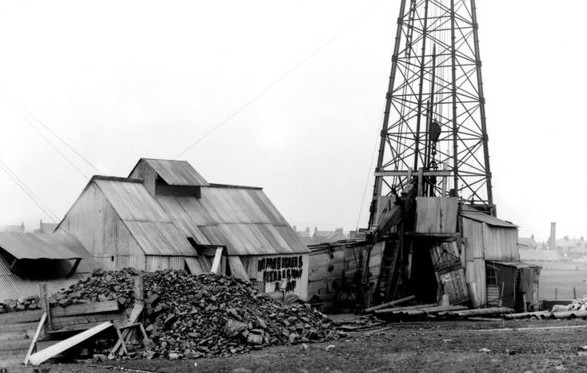
The debate on whether to pursue unconventional sources continues to rumble on, with SNP members narrowly rejecting a bid to toughen up the party’s stance on fracking amid calls for an outright ban.
Meanwhile Jim Ratcliffe, chief executive of Ineos, has urged the Scottish Government not to delay a decision on the technology for too long, saying it offers Scotland a “last chance” to gain economic independence.
Shale oil production in Scotland is not new, it dates back to the 1850s.
Scotland has been credited as the birthplace of the hydrocarbons industry beginning with oil shales from the mid-19th century.
The British Geological Survey states that hydrocarbon production on an economic scale began with the extraction of oil from torbanite (a fine grained black oil-shale, sometimes referred to as a bog-head coal) near Bathgate in 1851.
At its peak in the 1860s, there were approximately 67 works refining oil-shales in Scotland. Production peaked in 1912 at two million barrels.
The Ministry of Munitions funded exploratory bores in 1919 for petroleum at West Calder by Messrs S Pearson and Son Ltd. The boring began in 1919 and finished in October 1921.
By 1920 production was controlled by one company, Scottish Oil.
Production halved after World War One as a result of competition from cheap imported oil from the Middle East and the American oil fields, but oil-shale production remained constant at approximately 1 million bbl/year up until the 1950s.
The industry collapsed immediately after tax concessions were withdrawn in 1964, ending 114 years of oil-shale production in Scotland.
In June 2014 the British Geological Survey published a report examining the carboniferous shales of the Midland Valley of Scotland.
Experts believe there is little in common between the old shale industry and current fracking opportunities. They are likely to exploit different geological resources and employ different technologies.
Recommended for you
